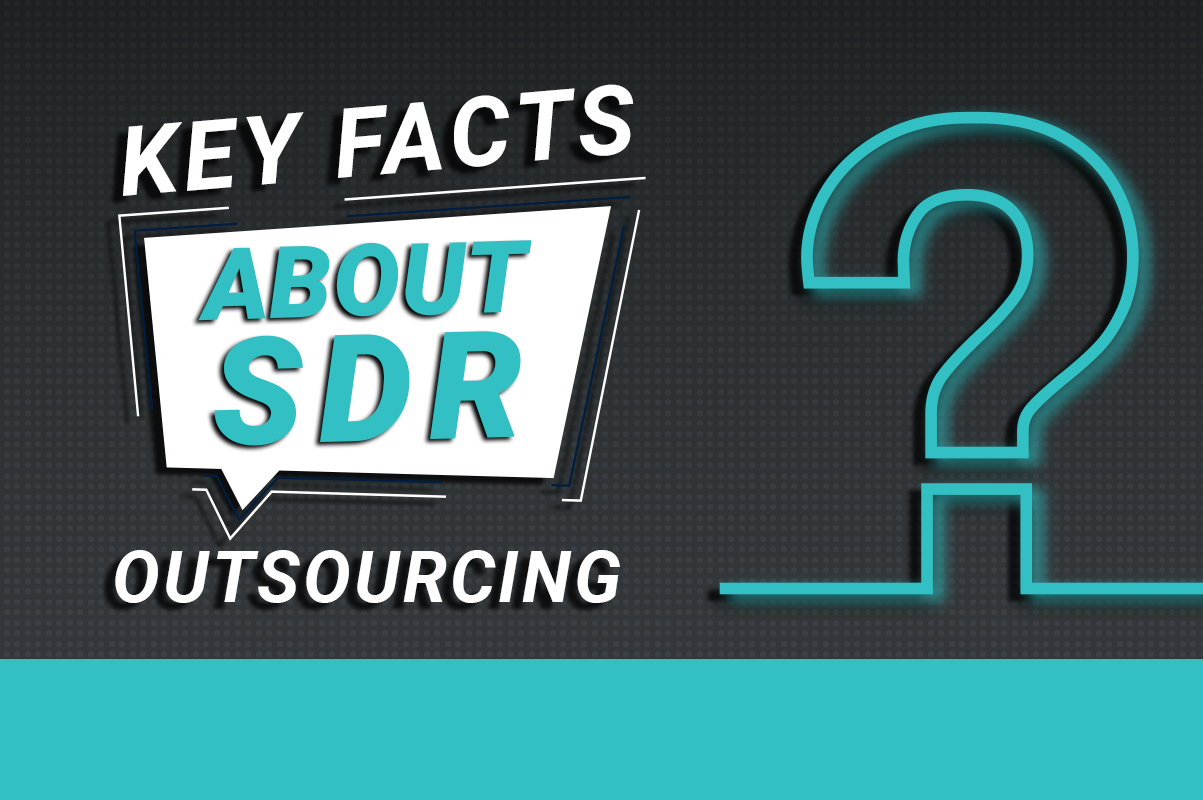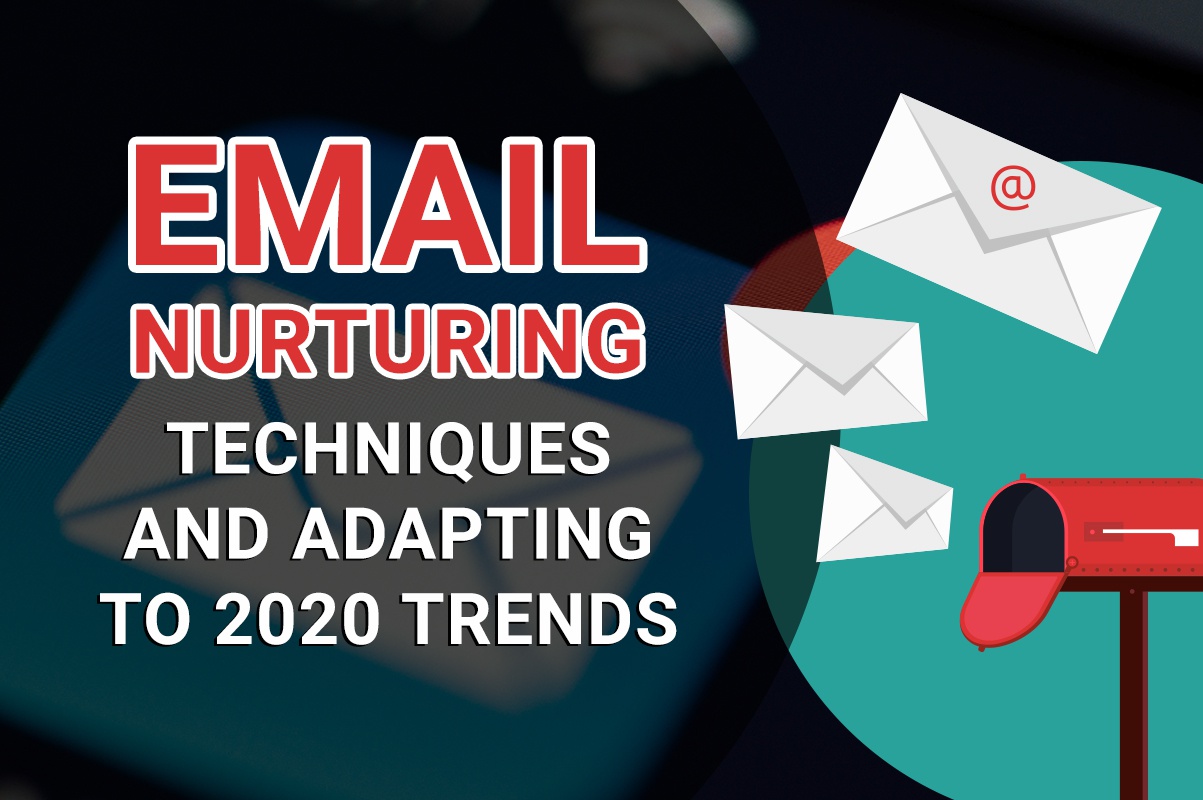Top 5 Reasons Your Prospect Data Decays

The world is in a constant state of change and sadly prospect data is not immune causing a plague of issues for every business’s sales goals.
Normally, 25%-30% of a prospect database goes bad every year.
Successful marketing campaigns are solely dependent on accurate prospect data. Likewise, if the sales team fails in communicating with prospects then sales and marketing will have great difficulty in reaching their goals – generation and qualification of leads.
Here are the key factors that lead to data decay:
1. Data accuracy
Databases degrade by around 30% per year. Companies in the United States are losing over a trillion dollars in revenue trying to convert prospects with unqualified prospect data. Before an organization can fully understand the quality of their prospect data, the high volume of inaccurate data within the CRM can reduce its quarterly ROI.
An industry study found that conducting a lead generation campaign without cleansing the prospect leads to a 27% loss of the inside sales team’s time at a rate of 546 hours per member/per year – that’s huge! Cleansed data boosts sales and drives revenue.
2. Missing fields
Over 2/3rd of organizations ignore their prospect data accuracy issues and have no idea the fact that:
- 40% of email addresses change every two years
- 20% of postal addresses change every year
- 18% of telephone numbers change every year
- 21% of CEO’s change every year
- 60% of employees change job function every year
Most organizations tend to keep the same prospect database over the span of several years. With the constant change in contact details, their database becomes more obsolete every day.
Relying on this type of data can cost their organization huge amounts of both time and money.
3. Ineffective tracking mechanisms
The prospect data must be under a continuous state of validation to track all the changes happening to the existing database. Inside sales teams waste more than 60% of their time researching prospects leaving them with less time to make a sales call – an inefficient method that results in a low conversion rate.
However, tracking tools pay attention to every prospect detail, including email bounces, email replies, contact info included in signatures, PR, publicly available information, and other channels The changes are identified and updated to the system before a sales phone call is ever made. Organizations that used tracking tools to update changes to their CRM saw an increase in ROI and a more efficient sales team.
4. Poor data governance
Governance of prospect data and maintenance of the accuracy of all prospect details are vital. Hot leads need to be kept hot by following a strategy of constant follow-up or those leads can go cold.
Without effective data governance, data inconsistencies run the risk of not being resolved across an organization. This could complicate efforts for data integration and create issues in data integrity that affect the ability to reach business goals.
Data governance should be a continuous, on-going process or it could hamper lead generation campaigns.
The prospect data governance process has assisted many companies in performing at their with the collective data intelligence reports that guide inside sales in the building and connecting their sales pipelines.
5. 3rd party purchase
In most cases, the vendor does not collect information on their own. They often acquire data from a variety of sources and then compile them into a saleable product – third-party prospect data scrappers. Getting to the bottom of these data funnels is vital.
The current market and industry trends rely on acquiring more prospect data and organizations tend to forget to ask the important questions like “where did this come from?”, “has this data been cleansed?”, or “when was this data last updated?”.
Organizations buy data from vendors, paying large lump sums of money, without any idea of how rusty that data can be.
65% of 3rd-party purchased data is obsolete and cannot be completely relied upon without cleansing. And trusting upon this data to make sales calls could be costly for an organization.
Prospect Data Cleansing and Governance are the Solutions
Prospect data governance consumes a lot of resources and takes plenty of time and money to maintain.
Completely avoiding bad data from a third-party source is virtually impossible. Data management is the only key to keep that data clean.
Luckily, Flobile can verify third-party data for up to 99% accuracy! Flobile uses an AI-driven system developed by data scientists to close loopholes, purge errors, and ensure businesses are only using the best data to inform their decisions.
Prospect Data
Prospect Data Cleansing
Prospect Data Governance






